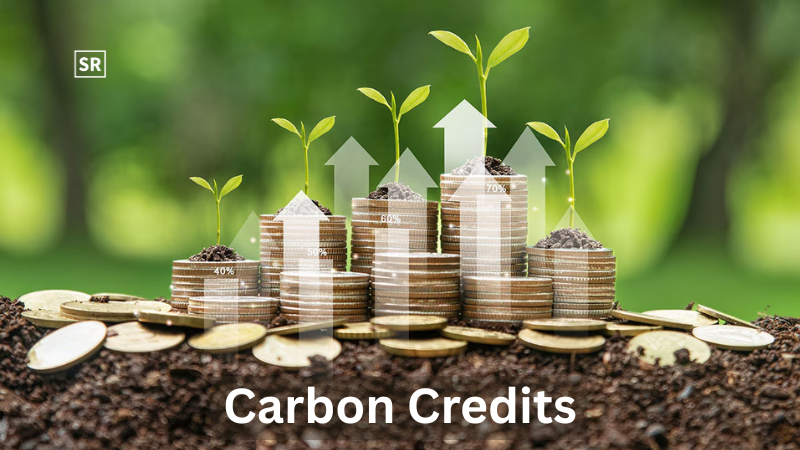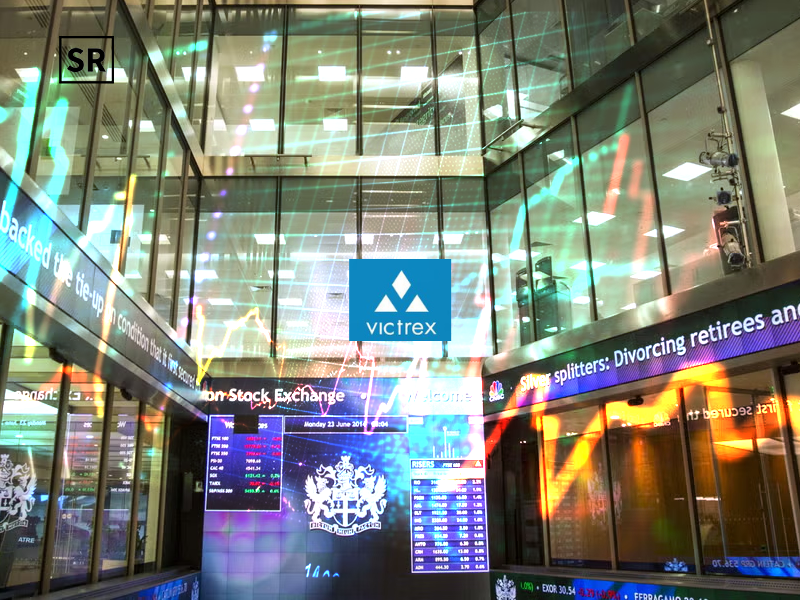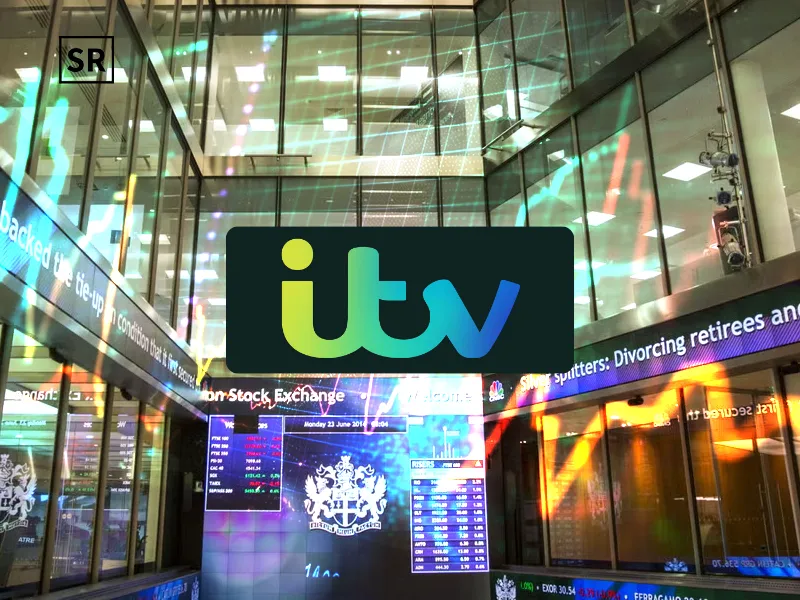What is Carbon Credits? Works, Sell, Buy, Good or Bad and Worth
Jul 24, 2025 | By Kailee Rainse

Carbon credits are a system designed to help reduce greenhouse gas emissions by giving companies or countries permission to emit a certain amount of carbon dioxide or other harmful gases. Each credit typically represents the right to release one ton of carbon dioxide. If an organization emits less than its allowed amount it can sell the leftover credits to others that need them.
This encourages businesses to pollute less and invest in cleaner more sustainable technologies. By putting a price on carbon emissions, carbon credits aim to promote environmental responsibility and help fight climate change.
What Are Carbon Credits?
Carbon credits are permits that allow a company or country to emit a specific amount of greenhouse gases usually one ton of carbon dioxide or its equivalent. They are part of a system to limit overall emissions and encourage pollution reduction. If an organization emits less than its allowed amount, it can sell its extra credits to others that exceed their limits. This creates a market that motivates businesses to reduce emissions and invest in cleaner technologies to help combat climate change.
How Do Carbon Credits Work?
Carbon credits work as part of a market-based system designed to reduce greenhouse gas emissions. Here's a simple breakdown of how they work :
RECOMMENDED FOR YOU
- Emission Limits Are Set: Governments or environmental agencies set a cap on the total amount of greenhouse gases that can be emitted by companies or industries.
- Credits Are Issued: Each carbon credit represents the right to emit one metric ton of carbon dioxide (CO₂) or an equivalent greenhouse gas. Companies are given or can buy a certain number of these credits.
Use or Trade Credits:
If a company emits less than its limit, it has extra credits it can sell or trade to other companies.
If a company emits more, it needs to buy credits from others or face penalties.
- Market Incentives: This creates a financial incentive for companies to reduce emissions because doing so allows them to sell unused credits for profit.
- Supports Green Projects: In voluntary markets, companies can also buy credits that fund environmental projects like tree planting, renewable energy, or forest conservation, helping to offset their carbon footprint.
U.S. Carbon Credits
U.S. carbon credits are part of both regulatory and voluntary systems aimed at reducing greenhouse gas emissions. In regulated markets, such as the Regional Greenhouse Gas Initiative (RGGI) in the Northeast and California Cap-and-Trade Program, companies are given a limit on emissions and can buy or sell credits based on their performance. Each credit typically represents one ton of carbon dioxide. In the growing voluntary carbon market businesses and individuals purchase credits to offset their emissions by supporting environmental projects like reforestation or renewable energy.
The U.S. government is now taking steps to ensure the quality and integrity of these credits by introducing national guidelines, promoting transparency and cracking down on low-quality or misleading projects. Together, these markets aim to reduce emissions, encourage cleaner practices and support the country’s broader climate goals.
Who Can Sell Carbon Credits?
Carbon credits can be sold by individuals, organizations or companies that take verified actions to reduce or remove greenhouse gas emissions. Farmers and landowners can generate credits by using sustainable agricultural practices such as no-till farming, cover cropping, or reforestation. Renewable energy producers like solar or wind farms, can sell credits by replacing fossil fuel energy. Waste management companies that capture methane from landfills or livestock operations can also earn credits.
Additionally businesses using carbon capture and storage (CCS) technologies or running forest conservation projects can sell credits. Companies participating in regulated markets, such as California’s Cap-and-Trade or the Regional Greenhouse Gas Initiative (RGGI), may sell unused allowances. To sell carbon credits, these projects must be verified by recognized standards and registries like Verra or the Gold Standard to ensure the reductions are real, measurable, and make a positive environmental impact.
Why Companies Buy Carbon Credits
Companies buy carbon credits to help offset their greenhouse gas emissions and meet environmental or regulatory goals. Here are the main reasons why:
- To Meet Emission Targets
Companies that emit more than allowed under government regulations (like in cap-and-trade programs) buy credits to stay compliant and avoid penalties. - To Reach Net-Zero or Carbon-Neutral Goals
Many businesses have climate pledges to reduce their carbon footprint. If they can't eliminate all emissions directly, they buy carbon credits to balance out the rest. - To Support Sustainability and Brand Image
Buying carbon credits shows that a company is serious about environmental responsibility, which can improve its public image, attract eco-conscious customers, and satisfy investors. - To Offset Business Activities
Companies offset emissions from specific activities like business travel, shipping, manufacturing, or events by purchasing credits from verified environmental projects. - To Prepare for Future Regulations
Some companies voluntarily buy credits now to build experience, hedge against rising credit prices, or prepare for expected carbon regulations in their industry. - To Invest in Climate Solutions
Buying credits helps fund climate-friendly projects like reforestation or renewable energy which aligns with corporate social responsibility (CSR) goals.
Who Gets Carbon Credit Money?
Money from carbon credits goes to the individuals, organizations, or projects that create the credits by reducing or removing greenhouse gas emissions. This includes farmers and landowners who use sustainable farming or reforestation practices, renewable energy companies producing clean power, forestry projects that protect or plant trees, and waste management initiatives that capture harmful methane emissions. It also includes technology companies working on carbon capture and storage as well as project developers and nonprofits that manage and verify these environmental efforts. When companies or individuals purchase carbon credits, the funds help support these projects, covering costs and encouraging continued work to reduce emissions and promote sustainability around the world.
Is Carbon Credit Good or Bad?
Carbon credits can be both good and bad, depending on how they are designed and used. On the positive side, carbon credits create a financial incentive for companies and individuals to reduce their greenhouse gas emissions. They support projects like renewable energy, forest conservation and methane capture that help fight climate change. Carbon credits can also help businesses meet environmental goals and encourage investment in cleaner technologies.
However, carbon credits have some downsides. If not carefully regulated, some credits may represent reductions that aren’t real, additional or permanent, which can undermine their environmental impact. There is a risk that companies might focus more on buying carbon credits instead of actually cutting down their own pollution. Also, some projects may not work well or be managed badly, so they might not help the environment as promised or could even cause problems.
How Much Is a Carbon Credit Worth?
The value of a carbon credit can vary widely depending on the market, project type, and quality of the credit. On average, a single carbon credit which represents the right to emit one ton of carbon dioxide or equivalent greenhouse gas can range from a few dollars to over $50.
In regulated markets like California’s Cap-and-Trade program, prices usually fall between $15 and $30 per credit. Voluntary carbon markets tend to have more variation with prices anywhere from $1 to $20 or more depending on the project impact and certification. Higher-quality credits from projects like forest conservation or direct carbon removal often cost more because they provide greater environmental benefits.
Conclusion
Carbon credits are an important tool in the fight against climate change helping to reduce greenhouse gas emissions by putting a price on pollution. They encourage businesses and individuals to invest in cleaner technologies and support projects like renewable energy, reforestation and methane capture. While carbon credits offer many benefits, their success depends on strong rules and verification to ensure real and lasting environmental impact. When used carefully and alongside other climate actions, carbon credits can play a valuable role in moving toward a greener more sustainable future.


 Follow us
Follow us Follow us
Follow us














